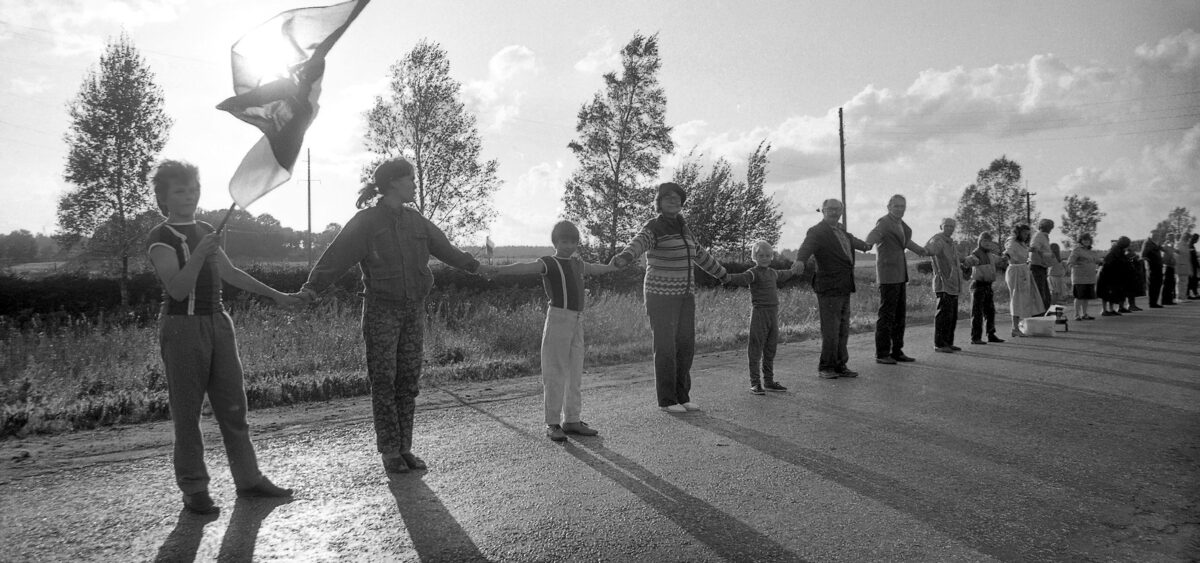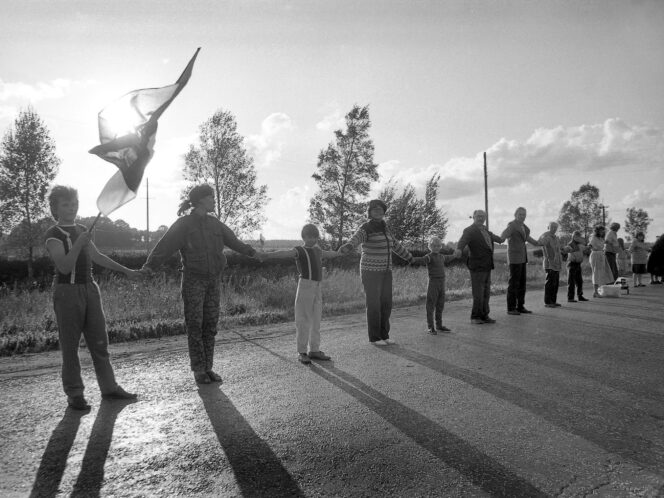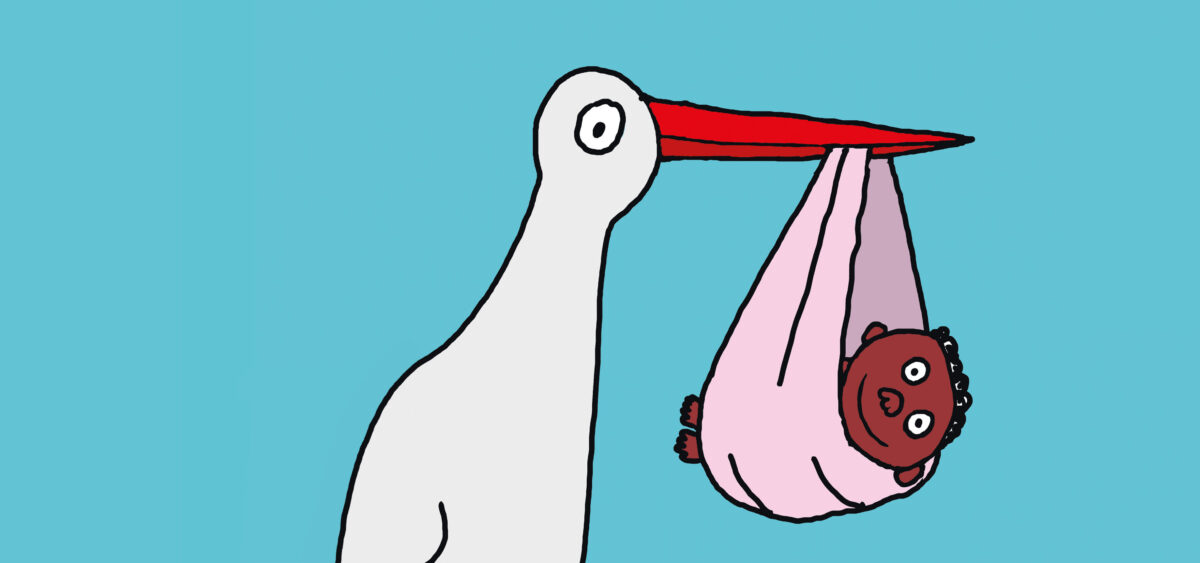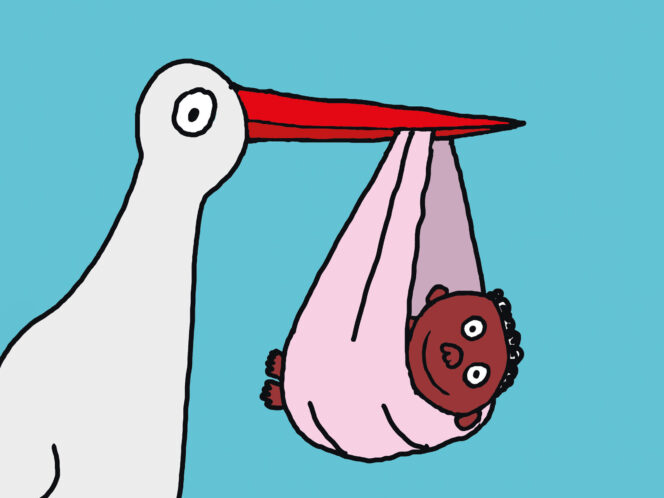
Lithuania nowadays derives much of its income from tourism, Latvia has made eco-friendliness its priority, and Estonia is on the cutting edge of digital technologies. These are certainly good directions for economic development. The countries themselves are also good directions for travel—especially if you have never visited any of them.
I climb into a hot-air balloon that will take us up over Vilnius. Our mentor and guide, Kęstas, assures us that Lithuania’s capital is the only one in Europe that offers visitors regular balloon flights of this sort. Looking down from the skies, one gets a pretty good view of how Lithuania is changing. Vilnius is full of Baroque and Renaissance palaces, churches, and townhouses, ringed a little farther out by post-Soviet apartment blocks. But if the balloon were to keep drifting—toward the Baltic Sea resort town of Palanga, for instance—we would see more and more new buildings designed in an ascetic Scandinavian style, little different from those in Sweden, Finland, or Norway.
Lithuania: Cats and Wine
However, let’s pause a moment longer over the Lithuanian capital. One of its most interesting districts, clearly visible from up in the air, is called Užupis. This bohemian outpost—once a neglected area of the city thought to be rather dangerous, it was also a Jewish quarter prior to World War II—declared itself an independent republic of artists on April 1, 1997. Užupis took on some of the trappings of an independent country, too: a flag and emblem were invented. A local parliament was formed, “diplomatic relations” with other countries began to be established, and an Užupian currency was even printed. Artistic cafes, clubs, and galleries








